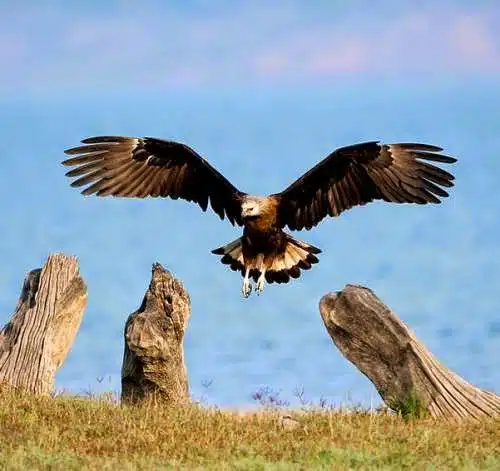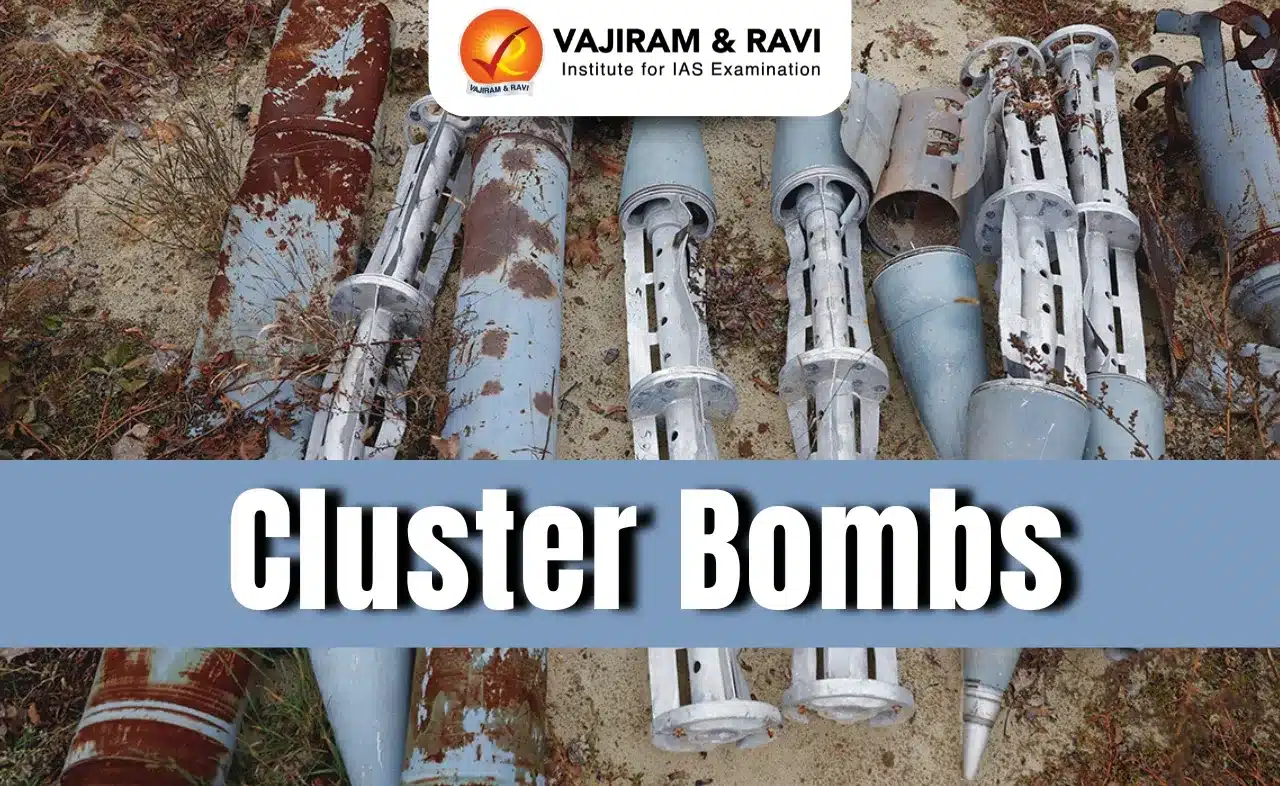About Pallas fish eagle
- It is also known as Pallas’s sea eagle or band-tailed fish eagle, is a large, brownish sea eagle.
- It can be seen near lakes, marshes and large rivers, from lowlands to 5,000 metres of elevation.
- It feeds primarily on fish, but many other preys are part of its diet.
- It breeds usually near water in a large nest placed in a tall tree.
- Distribution: It is found in the east Palearctic in Kazakhstan, Russia, Tajikistan, Turkmenistan, Uzbekistan, Mongolia,China, India, Nepal, Bangladesh and Myanmar.
- It is partially migratory.
- Conservation status
- IUCN Red List: Endangered
- Threats: Humans contribute to the decline of this species through habitat degradation, pollution, and draining or overfishing lakes.
Key facts about the Chilika lake
- It is a brackish water lake and a shallow lagoon with estuarine character spread across the districts of Puri, Khurda and Ganjam in the state of Odisha.
- It is connected to the Bay of Bengal by a wide channel that mostly runs parallel to the Bay separated by a narrow spit.
- It is located at the mouth of the Daya River, flowing into the Bay of Bengal.
- It can be broadly divided into four ecological sectors based on salinity and depth, namely the southern zone, the central zone, the northern zone and the outer channel.
- It is the largest wintering ground for migratory waterfowl found anywhere on the Indian sub-continent.
- The Nalaban Island within the lake is notified as a Bird Sanctuary under Wildlife (Protection) Act, 1972.
- In 1981, Chilika Lake was designated the first Indian wetland of international importance under the Ramsar Convention.
Q1) What is the aim of the Ramsar convention?
The aim of the Ramsar convention is to develop and maintain an international network of wetlands which are important for the conservation of global biological diversity and for sustaining human life through the maintenance of their ecosystem components, processes and benefits.
Last updated on June, 2025
→ UPSC Notification 2025 was released on 22nd January 2025.
→ UPSC Prelims Result 2025 is out now for the CSE held on 25 May 2025.
→ UPSC Prelims Question Paper 2025 and Unofficial Prelims Answer Key 2025 are available now.
→ UPSC Calendar 2026 is released on 15th May, 2025.
→ The UPSC Vacancy 2025 were released 1129, out of which 979 were for UPSC CSE and remaining 150 are for UPSC IFoS.
→ UPSC Mains 2025 will be conducted on 22nd August 2025.
→ UPSC Prelims 2026 will be conducted on 24th May, 2026 & UPSC Mains 2026 will be conducted on 21st August 2026.
→ The UPSC Selection Process is of 3 stages-Prelims, Mains and Interview.
→ UPSC Result 2024 is released with latest UPSC Marksheet 2024. Check Now!
→ UPSC Toppers List 2024 is released now. Shakti Dubey is UPSC AIR 1 2024 Topper.
→ Also check Best IAS Coaching in Delhi
























